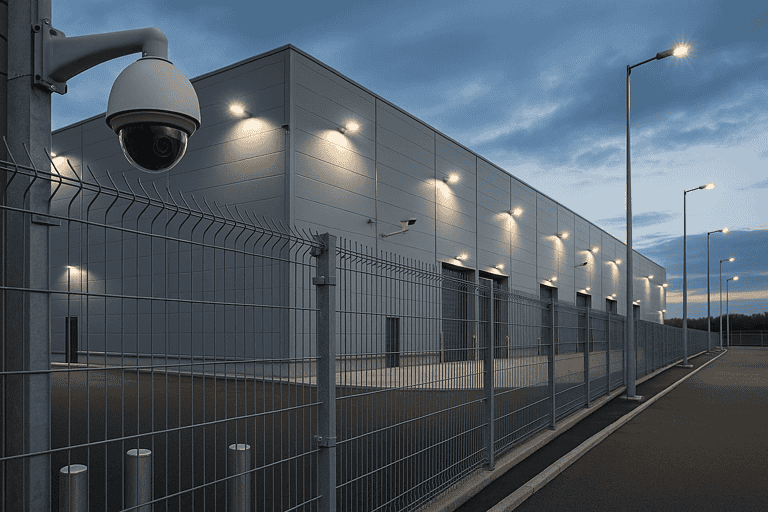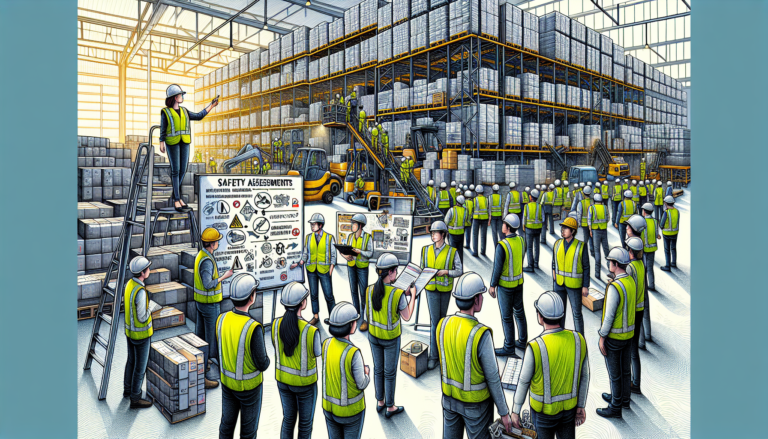Warehouse Safety: Keeping Your Employees Safe in 2025
Are you ready to improve your warehouse safety? This essential guide provides the strategies and insights to foster a safety culture that complies with standards and sets new benchmarks.

In our warehouse community, safety transcends compliance; it embodies a collective commitment, a shared value that resonates with each of us. It’s about ensuring every team member can leave work just as they arrived, with the vitality to enjoy life’s moments—lifting a newborn or playing catch with grandkids in the backyard.
Table of Contents
Understanding Warehouse Safety
Our mission is to elevate your warehouse safety from a metric on a scorecard to a culture of living, breathing safe operations on a daily basis. This endeavor involves more than just adhering to rules; it’s about comprehending and believing in the essence of those guidelines to foster an environment where accidents are not just rare but preemptively addressed.
We aim to create a culture of integrating safety into every action and decision. Focusing on the human element and implementing advanced safety technologies ensures a protective framework for everyone in our workspace, from logistics to management.
Welcome to an environment where safety is not optional but a fundamental principle—where each proactive step in safety is a stride toward preserving our community’s well-being and ensuring our operational integrity. Here, safeguarding each other’s health is our way of nurturing a safe, productive, and fulfilling workplace.
Safety Culture
If you really want to foster a safe warehouse, you have to live it. You must believe that safety is your responsibility. For every person that works in your establishment, their family is counting on you to keep them safe while they are at work.
When I was younger, I remember riding a pump jack through the warehouse. It was a lot of fun until I caught the edge of a rack and turned into Superman.
I wasn’t thinking about my family, I was just having a good time.

So how do create this culture? You must make safety a priority in everything you do. Ask yourself:
- When associates enter the warehouse, do you have a ‘Number of Days Without an Accident‘ sign? Is it updated daily?
- Do you provide safety tips and instructions at the beginning of every meeting?
- Do you start your New Hire Orientation with safety related material? “We want you to enjoy yourself here (mental well-being) and we want you to help keep each other safe (physical well-being).
- Last Question: Do your really mean what you say?
Warehouse Safety Introduction

Warehouse safety encompasses comprehensive practices and procedures to protect workers from hazards and injuries. It includes:
- Maintaining a safe work environment: This involves regular inspections to identify and address potential hazards like slips, trips, falls, and improper lifting techniques.
- Implementing safety protocols includes establishing clear guidelines for operating machinery, handling hazardous materials, and responding to emergencies.
- Providing proper training: It is essential to equip your workforce with the knowledge and skills necessary to work safely. Training should cover hazard recognition, personal protective equipment (PPE) usage, and safe lifting techniques.
The Imperative of Safety: Beyond Compliance to Care
While adhering to safety regulations is crucial, a safe warehouse goes beyond the bare minimum. Here’s why prioritizing safety is essential:
- Employee Wellbeing: A safe work environment fosters employee morale and reduces the risk of injuries that can lead to lost work time and financial hardship.
- Reduced Costs: Safety incidents can be expensive, leading to workers’ compensation claims, downtime, and potential damage to equipment or inventory.
- Enhanced Productivity: Employees who feel safe and valued are more likely to be focused and productive.
- Reputation Management: A strong safety record reflects your company’s reputation positively and can attract and retain top talent.
By fostering a culture of safety that prioritizes care and well-being, you create a win-win situation for your employees and your business.
The next section will explore creating a culture in your warehouse, from building employee engagement to implementing effective safety programs.
Safety Training
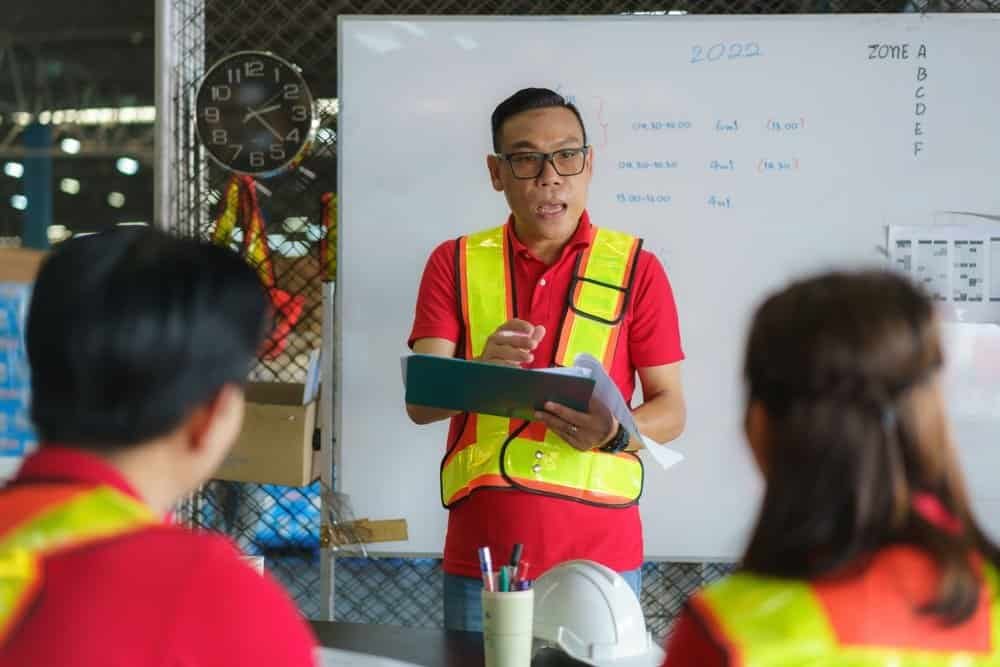
Building a strong culture is the cornerstone of a safe and efficient warehouse. This section will explore how to cultivate employee engagement, empowerment, and accountability and the importance of comprehensive safety training.
Cultivating a Positive Culture: Engagement, Empowerment, and Accountability
A vibrant culture goes beyond rules and regulations. Here’s how to foster a culture of safety that everyone embraces:
Warehouse Safety Leadership Commitment
Visible leadership commitment to safety sets the tone for the organization. Communicate the importance of safety regularly and actively participate in safety initiatives.
Employee Engagement
Encourage open communication about safety concerns. Empower employees to communicate with each other to stop unsafe behaviors. Or at least report unsafe work practices or potential hazards to management without fear of reprisal.
Empowerment and Ownership
Involve employees in safety discussions and decision-making processes. This fosters a sense of ownership and responsibility for maintaining a safe work environment. The more warehouse owners you can create, the fewer workplace injuries occur. Creating a Safety Committee is a great way to promote this behavior.
Warehouse Safety Accountability
Hold everyone accountable for upholding safety protocols, from management to employees. Address safety violations promptly and consistently.
Comprehensive Safety Training

Equipping your workforce with the right knowledge and skills is essential for preventing accidents. Here are some key elements of comprehensive safety training:
New Hire Safety Orientation
Every new employee should receive a comprehensive safety orientation that covers company safety policies, hazard recognition, emergency procedures, and proper PPE usage.
Job-Specific Training
Provide ongoing training specific to each employee’s role and the equipment they operate. This may include forklift operation training, safe lifting techniques, and hazardous materials handling procedures.
Regular Refresher Training
Schedule regular refresher training to ensure employees retain safety knowledge and best practices.
Warehouse Safety Risk Management Training
Train employees on how to identify and mitigate potential risks in the workplace. This can help them anticipate hazards and take proactive steps to avoid accidents.
Creating a positive culture and implementing comprehensive safety training programs can empower employees to work safely and efficiently, fostering a thriving and productive warehouse environment.
In the next section, we will delve into specific safety programs and best practices you can implement to create a safer warehouse for everyone.
Warehouse Safety Procedures and Best Practices
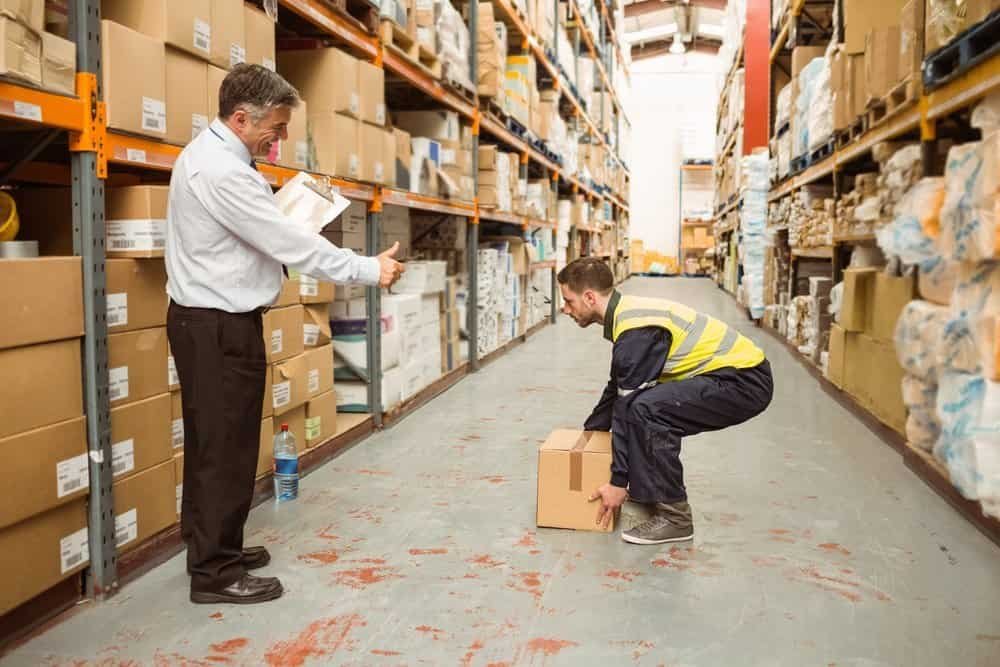
Having a plan in place is crucial for responding effectively to emergencies and ensuring the safety of your employees. This section will explore the importance of developing robust safety procedures and implementing best practices for emergency response and drills.
Developing and Implementing Robust Safety Procedures
Clear and well-defined safety procedures are the foundation for a safe warehouse environment. Here’s how to develop and implement them:
Conduct a Hazard Assessment
Conduct a comprehensive hazard assessment to identify all potential safety risks in your warehouse. This will guide the development of targeted safety procedures.
Create Written Procedures
Develop clear and concise written safety procedures that outline protocols for various scenarios, such as fire safety, chemical spills, medical emergencies, and active shooter situations.
Communicate and Train
Effectively communicate the safety procedures to all employees. Provide training on identifying emergencies, following established protocols, and evacuating the workplace safely.
Regular Review and Updates
Schedule regular reviews of your safety procedures to ensure they remain current and effective. Update procedures as needed based on changes in regulations, equipment, or work processes.
Best Practices for Emergency Response and Safety Drills

Preparing for emergencies can minimize potential damage and ensure a swift and coordinated response. Here are some best practices:
Emergency Response Team
Establish a well-trained emergency response team (ERT) to coordinate evacuation procedures and administer first aid during emergencies.
Emergency Communication Plan
Develop a clear and concise emergency communication plan that outlines how to notify employees, emergency responders, and relevant authorities in case of an incident.
Regular Safety Drills for Warehouse Safety
Conduct regular safety drills to familiarize employees with emergency procedures and evacuation routes. This helps ensure everyone knows what to do in an actual emergency.
Post Emergency Procedures
Post emergency procedures and evacuation routes in conspicuous locations throughout the warehouse. This ensures easy access to critical information during a crisis.
By developing robust safety procedures and implementing best practices for emergency response and drills, you can ensure your warehouse is prepared to handle any situation effectively, prioritizing the safety and well-being of your workforce.
Warehouse Safety Strategies for Hazard Prevention
![warehouse safety checklist from safety meetings with warehouse employees]](https://warehousewhisper.com/wp-content/uploads/2024/04/safety1-1-1.jpg)
Proactive hazard identification and mitigation are crucial for preventing accidents in your warehouse. This section will explore how to identify and address common warehouse hazards and advanced tactics for managing hazardous chemicals and energized equipment.
Identifying and Mitigating Common Warehouse Hazards
Warehouses present a unique set of safety challenges. Here are some common hazards to be aware of, as well as warehouse safety tips:
Slips, Trips, and Falls
These are the leading causes of warehouse injuries. Uneven floors, poor lighting, spills, and cluttered walkways contribute to slip and fall hazards. Implement regular cleaning and maintenance procedures, ensure proper lighting, and clear walkways of obstructions.
Musculoskeletal Disorders (MSDs)
Repetitive lifting, bending, and reaching can lead to MSDs. Train employees on proper lifting techniques, provide ergonomic equipment, and encourage frequent breaks.
Falling Objects
Improper stacking, overloaded shelves, and unsecured pallets can all lead to falling objects striking workers. Enforce shelf weight limits, train employees on safe stacking procedures, and conduct regular inspections to identify potential hazards.
Powered Industrial Trucks
Forklifts are essential to warehouse equipment but can be dangerous if improperly operated. Provide comprehensive forklift operators training, enforce safety protocols like seatbelt use and proper load handling, and conduct regular maintenance checks on forklifts.
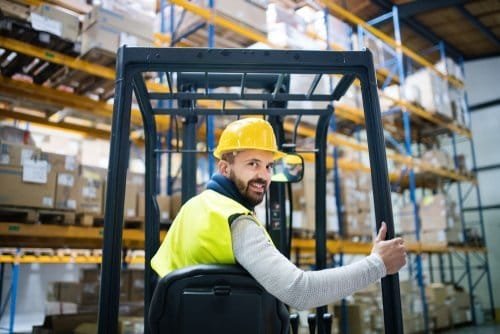
Advanced Tactics for Hazardous Chemicals and Energized Equipment
Some warehouses handle hazardous materials or energized equipment, requiring additional safety measures:
Hazardous Chemicals
Develop and implement a comprehensive hazardous materials management program for warehouse workers. This includes proper labeling, storage procedures, employee training on safe handling practices, and availability of PPE.
Energized Equipment
Ensure all electrical wiring and equipment are properly maintained and inspected. Implement lockout/tagout procedures to prevent accidental energization during maintenance or repairs—only authorized, trained, and qualified personnel can operate energized equipment.
By proactively identifying and mitigating these electrical hazards, you can significantly reduce the risk of accidents and injuries in your warehouse, creating a safer work environment for everyone.
Warehouse Safety Standards and Regulations
Operating a safe warehouse requires adherence to warehouse safety rules and best practices. This section will explore navigating Occupational Safety and Health Administration (OSHA) regulations, warehouse standards, and the benefits of conforming to international safety standards like ISO and ANSI/ASSP.
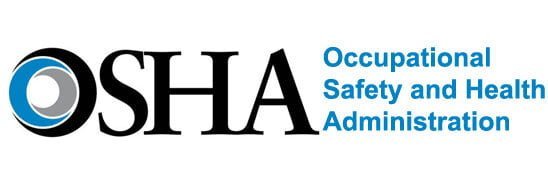
Navigating OSHA Requirements and Warehouse Safety Standards
The Occupational Safety and Health Administration (OSHA) sets and enforces workplace standards in the United States. Here’s what you need to know about OSHA and warehouse safety:
OSHA Warehouse Standards (Occupational Safety)
OSHA publishes various standards relevant to warehouses, including regulations for personal protective equipment (PPE), hazard communication, electrical safety, and powered industrial trucks (forklifts).
Regular Warehouse Safety Inspections
OSHA conducts regular workplace inspections to ensure compliance with standards. Before an OSHA inspection, familiarize yourself with relevant standards and conduct self-inspections to identify and address potential hazards. Ensure workers are following the proper procedures.
Recordkeeping
OSHA requires employers to maintain records of work-related injuries and illnesses. Proper recordkeeping demonstrates your commitment to safety and helps identify areas for improvement.
Warehouse Safety Operations

Ensuring safe day-to-day operations is paramount in your warehouse. This section will explore the three pillars of safe operations: equipment, personal protective equipment (PPE), and signage, followed by best practices for implementing safety-first protocols for forklifts, docking procedures, and materials handling.
The Pillars of Safe Operations
A multi-pronged approach is crucial for safe warehouse operations and material handling. Here are the three key elements:
Warehouse Safety Equipment
Regularly maintain and inspect all warehouse equipment, including forklifts, pallet jacks, conveyor belts, and machinery. Ensure equipment is functioning properly and adheres to standards. Train employees on the safe operation of each equipment type.
Personal Protective Equipment (PPE)
Provide employees with the appropriate PPE for their tasks. This may include gloves, safety glasses, respirators, steel-toed boots, and high-visibility vests. Educate employees on proper PPE use and replacement procedures.
Clear and Consistent Signage
Utilize clear and consistent signage throughout the warehouse to communicate safety messages, hazard warnings, emergency exits, and designated walkways. Signage should be easy to understand, follow, and comply with relevant standards.
Fall Protection Systems
You must have personal fall arrest systems if your platforms are higher than 6′ off the warehouse floor. Click here for our blog on fall protection.
Implementing Safety-First Operations: Forklifts, Docking, and Materials Handling
Specific areas within your warehouse require extra vigilance. Here’s how to prioritize safety in these critical areas:
Forklift Safety
If not operated properly, forklifts pose a significant risk. Enforce strict safety protocols, such as seatbelt use, weight capacity limitations, and proper load handling techniques. Only authorized, trained, and certified forklift operators can drive forklifts.
Docking Safety
The docking area can be busy with potential hazards from trucks and trailers. Mark designated traffic lanes for worker safety and vehicles. Ensure proper communication between warehouse operations and truck drivers during loading and unloading procedures.
Warehouse Safety Safe Materials Handling
Proper lifting techniques and ergonomic practices are crucial to preventing musculoskeletal disorders (MSDs). To reduce strain on the body, employees should be trained on safe lifting methods and provided with mechanical lifting aids whenever possible. Safety signs throughout the operation also help.
Focusing on these pillars of safe operations and implementing safety-first protocols in critical areas like forklift operation, docking procedures, and materials handling can significantly reduce the risk of accidents and injuries in your warehouse.
Technology and Tools for Enhanced Safety

Technology and advanced equipment are vital in creating a safer and more efficient warehouse. This section will explore how leveraging warehouse management systems (WMS) and environmental, health, and safety (EHS) applications can elevate your safety practices and the importance of investing in the right safety gear.
Tools and Equipment for Safety: Investing in the Right Gear
Equipping your team with the proper safety gear is an essential investment:
Personal Protective Equipment (PPE)
Provide various PPE options based on specific tasks and potential hazards in your warehouse. This may include gloves, safety glasses, respirators, hearing protection, steel-toed boots, and high-visibility vests. Ensure PPE fits properly and is well-maintained.
Ergonomic Equipment
Invest in ergonomic equipment, such as lifting aids, adjustable workstations, and anti-fatigue mats, to reduce physical strain and prevent MSDs.
Safety Signage and Labeling
Utilize clear and consistent signage to communicate safety messages, hazard warnings, emergency exits, and designated walkways. Consider digital signage for real-time safety updates.
By leveraging technology like WMS and EHS applications and investing in the right safety gear and equipment, you demonstrate a commitment to creating a modern and safety-conscious warehouse environment.
Fostering Leadership and Accountability
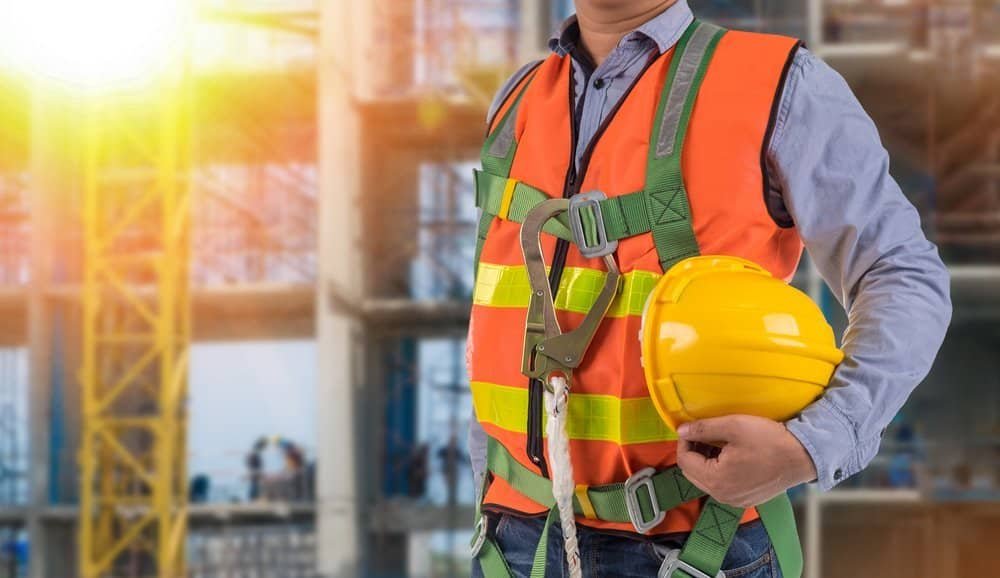
A strong culture thrives on clear leadership and a shared sense of accountability. This section will explore the roles and responsibilities of leadership in safety and effective accountability systems for reporting concerns, addressing issues, and enforcing safety protocols.
Leadership in Safety: Roles and Responsibilities
Warehouse leaders play a crucial role in setting the tone for safety. Here’s how leaders can champion safety:
Visible Commitment
Leaders must demonstrate a visible commitment to safety by regularly communicating the importance of safety protocols, participating in safety inspections, and recognizing safe work practices.
Resource Allocation
Allocate sufficient resources to support safety initiatives, including investing in training programs, safety equipment, and ergonomic improvements.
Safety Policy Development and Enforcement
Leadership is responsible for developing clear, concise safety policies and ensuring consistent enforcement throughout the warehouse.
Empowering Employees
Empower employees to speak up about safety concerns and actively participate in safety discussions and improvement initiatives.
Accountability Systems: Reporting and Enforcement
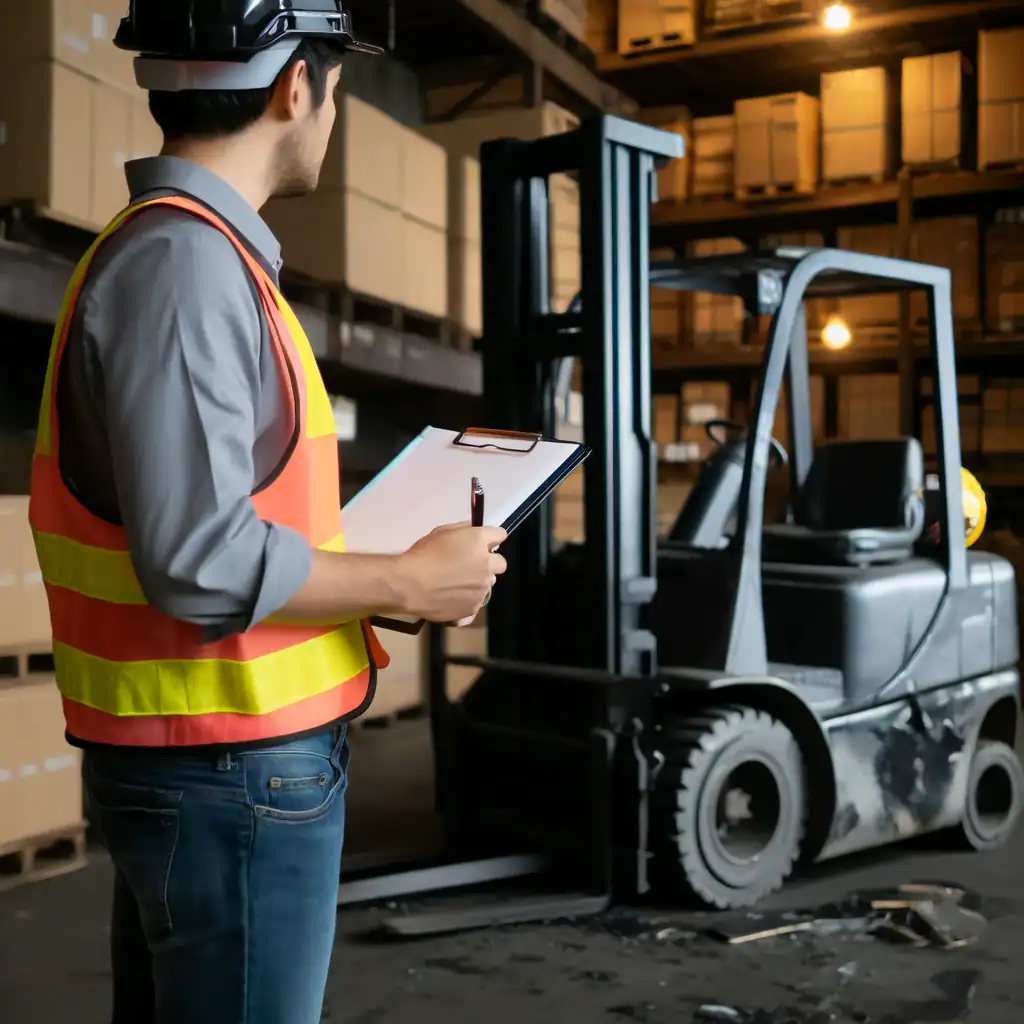
An effective accountability system is essential for maintaining a safe work environment. Here’s how to create one:
Incident Reporting and Investigation
Establish a clear and accessible process for employees to report safety incidents, near misses, and unsafe work practices. Investigate all reported incidents thoroughly and take appropriate corrective actions.
Open Communication Channels
Maintain open communication channels to encourage employees to voice safety concerns without fear of reprisal. Actively listen to employee feedback and address their concerns promptly. A warehouse safety program is key for this very reason.
Progressive Discipline
Develop a progressive discipline system for addressing safety violations. This may involve verbal warnings, written reprimands, or suspension for repeated offenses. Ensure the system is fair and consistently enforced.
Performance Reviews
Integrate safety performance into employee performance reviews. Recognize employees who consistently demonstrate safe work practices and a commitment to safety.
By fostering strong leadership that prioritizes safety and implementing a robust accountability system, you can create a culture where everyone takes ownership of safety and works together to create a safer and more productive warehouse environment.
Fire Safety

Fire hazards are critical to fire safety. Effective fire safety measures include regular inspections to identify and mitigate potential fire risks, ensuring storage practices comply with fire codes, and maintaining clear and well-marked exit routes.
Implementing these measures helps prevent fire incidents and ensures a swift and safe evacuation process in an emergency. Proper training in fire safety protocols and electrical safety procedures is essential for protecting personnel and property.
Hazardous Communication
An effective hazard communication program is pivotal for ensuring workplace safety, particularly when dealing with hazardous substances. Such a program ensures that all employees are fully informed about the chemicals they may encounter in their work environment, their associated risks, and the precautions necessary to handle them safely.
Critical components of hazard communication include maintaining a current inventory of substances, using proper labeling, providing access to Safety Data Sheets (SDSs), and conducting regular training for warehouse workers. This comprehensive approach ensures that everyone knows potential dangers and how to manage these risks responsibly.
Ergonomic Safety
Ergonomic safety prevents ergonomic hazards, including injuries from poor workplace design or improper ergonomic practices. Warehouse personnel are not the only ones at risk for strains and sprains.
Ergonomic hazards include strain from repetitive motions, musculoskeletal injuries from improper lifting or sitting, and cumulative trauma disorders from ongoing exposure to uncomfortable workstations or tasks.
Addressing these hazards through proper ergonomics assessments, improved equipment design, and properly trained employees can lead to a healthier workplace and reduce the risk of long-term injury for employees.




